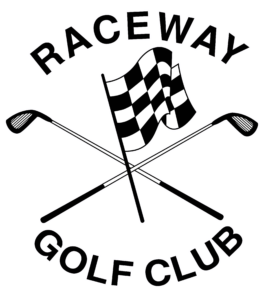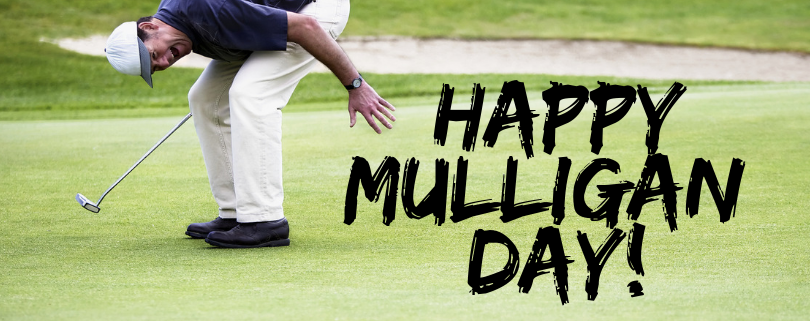How The ‘Mulligan’ Got Its Name
It is arguably one of the few sports terms believed to be named after a person, and with ramifications beyond the border of a course and into politics and daily life.
You don’t have to be a golfer to enjoy the benefits of a Mulligan – the term is now widely used to describe any “do-over,” or second chance after initial failure.
Of course, the rules of golf forbid the Mulligan, though it’s become part of the game. Some golfers apply their own “rules” that the Mulligan will be in “play” once per round, or just on the No. 1 tee.
So, where and when did the Mulligan begin in golf? Well, that depends.
The USGA, and supported by research by GriffGolf.com, found the Mulligan became rooted in the game’s lexicon sometime between the late 1920s and mid-1930s. During that period, Canadian-born amateur David Bernard Mulligan had established himself as a prominent member of clubs that included Winged Foot in Mamaroneck, N.Y.
In the late 1920s, Mulligan had a regular club foursome, which he often drove to the course in a 1920s vintage Briscoe, a touring car.
Once on the first tee, the story goes, his partners allowed him to hit a second ball after mishitting his drive. Mulligan complained that his hands were still numb after driving rough roads and a bumpy Queen Victoria Jubilee Bridge (now Victoria Bridge).
Mulligan joined Winged Foot Golf Club sometime between 1932 and 1933. A generation later, in July 1985, journalist Don Mackintosh interviewed Mulligan for a column, “Around the Sport Circuit.”
Said Mulligan: “I was so provoked with myself that, on impulse, I stooped over and put down another ball. The other three looked at me with considerable puzzlement, and one of them asked, ‘What are you doing?’ ‘I’m taking a correction shot,’ I replied.”
His playing partner asked what he called that.
“Thinking fast, I told him that I called it a ‘Mulligan.’ They laughed and let me play a second ball. After the match, which Mulligan and Spindler won by one point, there was considerable discussion in the clubhouse about that free shot.
“It all worked out amicably enough, but after that it became an unwritten rule in our foursome that you could take an extra shot on the first tee if you weren’t satisfied with your original. Naturally, this was always referred to as ‘taking a Mulligan.’ From that beginning, I guess the practice spread, and the name with it.”
Such a tale appears to be on solid footing, though USGA research hints there’s wiggle room for another “Mulligan.”
John A. “Buddy” Mulligan, a locker room attendant in the 1930s at Essex Fells CC, N.J., would finish cleaning the locker room and, if no other members appeared, play a round with assistant professional, Dave O’Connell and a club member, Des Sullivan (later golf editor of The Newark Evening News).
One day, Mulligan’s opening tee shot was bad and he beseeched O’Connell and Sullivan to allow another shot since they “had been practicing all morning,” and he had not. After the round, Mulligan proudly exclaimed to the members in his locker room for months how he received an extra shot.
The members loved it and soon began giving themselves “Mulligans” in honor of Buddy Mulligan. Sullivan began using the term in his golf pieces in The Newark Evening News. NBC’s “Today Show” ran the story in 2005.
Thus, a “Mulligan” found its niche along in our culture. Its popularity thrives because of who we are – lovers of a good story and a term that somehow fits. It thrives as we are reminded in a classic line from the 1962 John Ford Western film, “The Man Who Shot Liberty Valance.”
Source: www.pga.com



